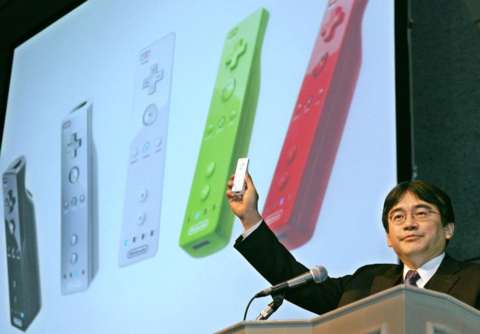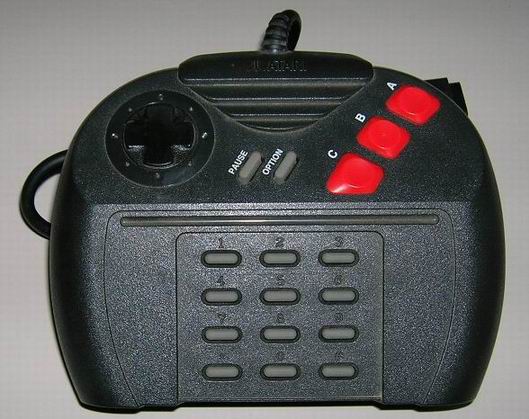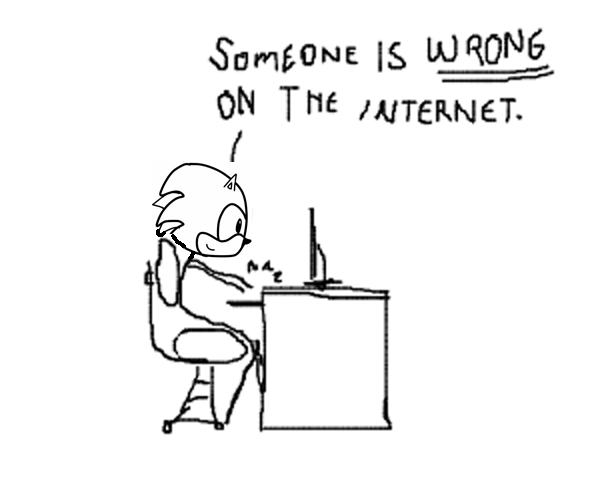Holy shit buddy, I hope you had all that ready for a while because if you wrote all of that up just like that… whoa.
And yeah, I agree with you. I think Sega just stumbled upon success with Sonic 1 thanks to Kalinske and his aggressive strategies to make the game a Mario killer and have it bundled with the console when SoJ wouldn’t. So Sega suddenly found themselves actually competing with Nintendo, and went on without a clear long-term strategy. Infighting between the US and JP branches made sure no strategy would ever be agreed upon, and when Sega went out of steam in the US, everything came tumbling down. They looked like they could keep staying winning all through 1991-1993, which admittedly was a very busy period in gaming and seemed longer than it actually was - but just as you say, in 1994 the writing was starting to appear on the wall.
Infighting was a symptom, because you had the regional problem that Sega never solved all the way until the end.
They went a long time 3 years without doing anything to prepare, so when other competition started coming up JAG/PSX/3DO/N64 Sega was reacting to everything without really planning. Add in SoJ wrestling control and consolidating decisions to Japan because of NEC panick (which ended up being nothing, lol PCFX) and pushing to be viable in Japan over everywhere else, well, everything finally fell apart.
I don't see anyway the Dreamcast could have been anything more but a good buy to fans and maybe a temporary curiosity to casuals when it, came out since it offered no solutions to previous issues, and their gameplan was basically to roll the dice and hope it stuck.
The Japan "success" of the Saturn which wasn't really a success was temporary, and many people get it wrong because they look at LTD sales of the Sat and N64, as losers but modest sellers, yet they aren't paying attention to dates and context. The Saturn started out with SoJ brute force muscle, and it seemed that it was a viable competitor, but after a surprisingly decent run, the 3DO's death sent support to PSX, and Sony's marketing and more open third-party partnerships than Sega, gave it an edge Sega had nothing to reply with, the FF7 demo that came later as well as the marketing after, along with other major titles just blew the gap wide open. At this point N64 hadn't launched yet, but Segas software sales were nose diving. In Japan it had several exclusives but also SHARED sought after multiplats with PS, it had genre variety, it had IP Japanese consumers wanted, but then the N64 came out and was outpacing it fast WITHOUT ANY OF THOSE, with much less variety, and less third-party domestic favorite series. Sega basically ran into the PC Engine problem.
Saturn had gotten most of it's sales within the first 2 years, took around 5 to get it's LTD. Nintendo almost caught it in less time, with less software, less variety, less domestic favorite IP, barely any Jrpgs, and not much third-party support in general. I mean, glad that Sega wasn't a permanent irrelevant name for consoles in Japan before Sega jumped out the console market, but that one short-term viable system was still not very wanted, and there was a novelty factor involved as well as the timing of the new 3D CD systems all generating excitement as they launched in the same time frame. 3DO/Sat/PSX were basically competing in the same area in japan. But that short-term success initially for the Saturn domestically was at the expensive of Segas standing everywhere else, and as much as SoJ maybe STILL won't admit, the rpeak of Sega was pretty much entirely due to SoA.
But SOJ aside, Sega in general in 1994, even before 32X/Saturn had already tumbled, lost money in many areas, with a declining arcade market, and was losing the ground it had in NA which was a major issue.
Eventually Sega lost their lead and the SNES ended up catching up and passing them which is a pretty interesting story in itself. The Genesis was Sega's biggest success and it was the start of their failure as a company. That 1991-1993 period as you say felt long but it wasn't, Sega has a hit, was supplementing it with other hits or minor hits, third-parties were jumping on board, Midway games was selling as many consoles as Sega was, it seemed like Nintendo was being drowned out, and with 1991 alone, it basically threw the TG16 out the race into a canyon somewhere, whatever viability that still had was gone.
To think that by the end of 1993, were the first hints at things going wrong, and it would have been seen as hard to believe at the time for the average consumer or follower of tech. To think sega would be in the tank just short 3 years after that would have been seen as nuts to people not paying attention, they were on top.
Sega really did undue themselves from their peak really really quick. in 1998 Sega needed help to launch a new console, that's how bad they were in the hole starting in 1996. It seemed to have a strong launch, and seemed to make articles and news on TV, but by the time you blinked and opened your eyes the next second, rumors about Sega discontinuing the Dreamcast were floating around, and they ended up being confirmed by the next day.
Now, I don't agree with people that prefer Sega being multiplat, in fact, I think Sega should have picked a console (not Nintendo) and put all their focus on it. The Xbox/PS2/GC gen has Sega's highest output as a developer and as a publisher. There were many games shared between the 3, which had it's own issues, with a handful of successes, but also many EXCLUSIVES among the 3, with the more cult loyal favorites and mature arcade titles on Xbox, the Family stuff and SONIC on Nintendo among others, and the standard arcade IP on the PS2, as well as Yakuza etc.
Most of which didn't really knock the ball out the park, in fact I'd say must were fumbles, with some doing "adequate" and a handful successful endeavors.
If anything that confirmed the software issues on the Saturn and Dreamcast, that being, people had a limited interested cap for many Sega games, and only a few really held the attention of a higher quantity of buyers/rcade goers.
They really should have just picked either the Xbox or PS2, likely the Xbox given the visuals would meet or exceed the arcades due to the consoles power, and it had better graphical and video output, much cleaner and smoother graphics. Having a central point for the consumers, on a system that also has software that makes people want to buy a machine, would have ended up better serving Sega imo, as people who brought Xboxes for Halo, Splinter Cell, Fable, Project Gotham, etc, would spread out and buy other titles, including Sega, and having a big output increases the likely hood of gamers trying Sega games, becoming fans, and trying other Sega games, instead of splitting the DC base, which not even all Ex-Sega fans brought,
4 different ways between 3 consoles and PC, each with exclusive games. Yikes.
If you were a die hard Sega fan, imagine how much money you would have had to shell out to get half the games released that gen post-DC? Not to mention making your mascot game majority exclusive on the freaking Gamecube. Granted, it was needed on Nintendos end or else the GC would have had a bigger issue with adoption earlier on then it did, but that was basically seen Sega giving up, I know people offline and saw many fans of Sega online trash the Gamecube and wouldn't touch one even for Sega games because they looked at it as a betrayal. The other two were more acceptable and had the cult favorites anyway, if you wanted Virtua Fighter and other such games, you got a PS2, if you wanted Crazy taxi, Shenmue, Outrun and such you'd get an Xbox.
That merger with Sammy wouldn't have been necessary if Sega was smarter. Even after losing their hardware they still made odd decisions.






